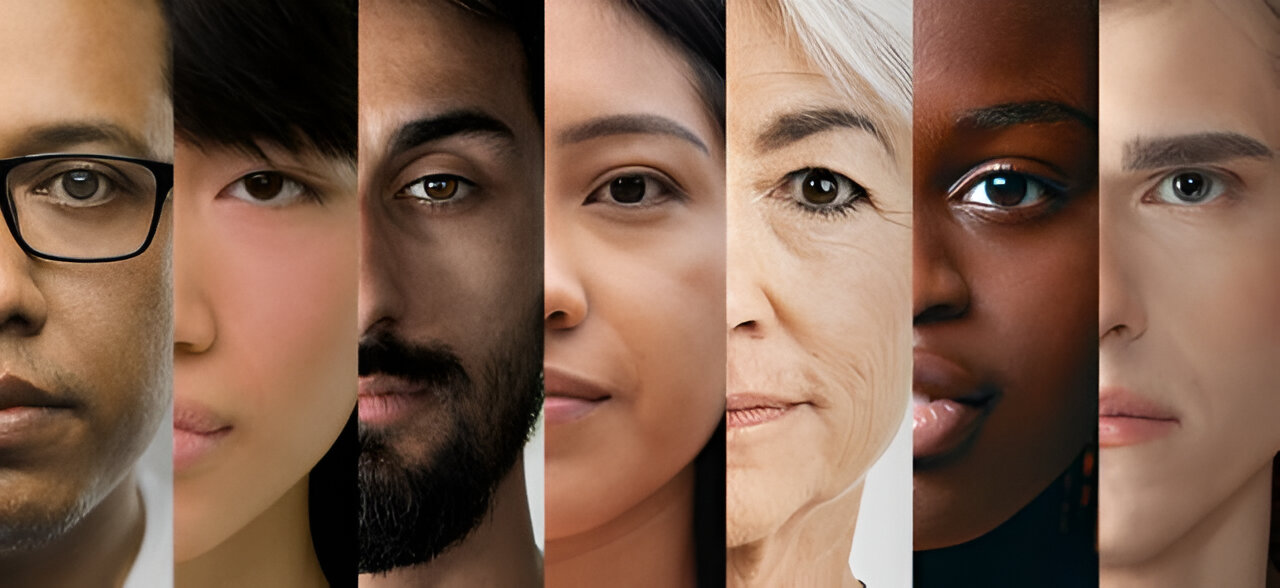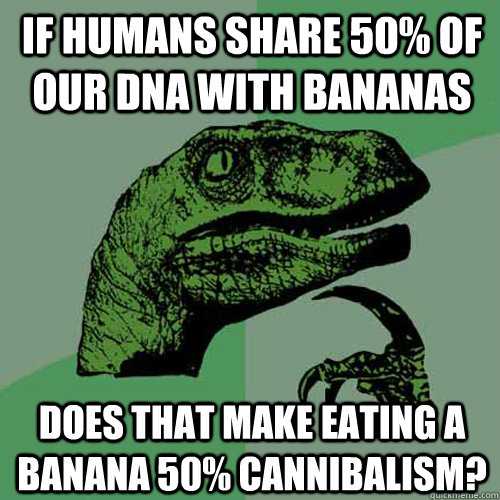How Many Humans are Possible?
Mar 28, 2024
In this blog, I’ll explore the intriguing questions: How many humans have lived on Earth, and how many will there ever be?

Before diving in, I want to clarify some assumptions. We’re NOT counting variations in brain or body state as criteria for defining a distinct human being.
You remain fundamentally the same person, whether before or after losing an arm, or even embarking on a journey of self-enlightenment. Similarly, our analysis does not account for the various ancestral human species. More than 4 billion years ago, our Last Universal Common Ancestor (LUCA) emerged as a single cell. This cell’s descendants multiplied and evolved, leading to the emergence of Homo Erectus, then Neanderthals, and eventually Homo Sapiens.
One could argue that Neanderthals and Sapiens coexisted, but let’s not focus our attention on our hairy ancestors. We want to make as much variations in Homo Sapiens as possible. Lets choose a good indicator of variation. Since a body can be tarnished and the mind evolve over lifetime. I choose the DNA🧬. Over 3 billion base pairs exist and much of it doesn’t change through the lifetime of the individual.
Acquired (or somatic) mutations occur at some time during a person’s life and are present only in certain cells, not in every cell in the body. Hereditary mutations are inherited from a parent and are present throughout a person’s life in virtually every cell in the body.
Lets us, for now focus on the variation that is present by birth. We are now talking about how many different human embryos are possible. Which is a rather nice way to put it. All our features and differences are an emergent property of the sheer number of individual cells. A single DNA strand, in fact, in each cell may not be very different across 2 humans.
It begs the question - how much changes a DNA can tolerate before a person loses his ability to interbreed with other humans? Well, our cousins the chimpanzees are somewhere close to that. I think the evidence is pretty strong that humans and chimps cannot interbreed. At the DNA level, we share 99.9% of DNA with each other, 99% with chimpanzees , our closest relatives. However, these numbers only reflect point mutations. This is after a separation of 6–8 million years.
Fact - You share 50% of our DNA with a banana. I recommend you read more on where did the mythical 50% come from anyway.

What do we have common with a banana?
Primarily in the genes responsible for basic cellular functions like DNA replication, cell cycle control, and cell division. This genetic similarity is more pronounced in the protein-coding genes, where the overlap accounts for the commonly cited statistic that humans and bananas share around 50% of their DNA. Let it be known that -
Organic matter on earth has evolved to thrive and multiply, and basically that information is encoded in the bulk of the DNA. It details how to utilize environmental resources, process organic molecules, and convert sunlight into the energy that fuels life. This shared genetic code reveals the interconnectedness of life, rooted in universal strategies for survival
Our genome has 3 billion base pairs so a naive calculation shows 3x10^36 different combinations. But that’s a meaningless number. A lot of those variants would be silent mutations. A lot of changes would be lethal, rendering us dead at some stage of development because of a lack of a crucial component. This brings light to a fact that much of the DNA is made up for functional purposes, such as synthesizing proteins for basic bodily functions, growth.
A more interesting (if harder-to-define) question might be how many different traits can be embodied in human DNA. After all, most human DNA has little or no function, so mutations in these low-information sequences are inconsequential. I sourced from Drew Smith.
The universe of genes that are actually expressed in humans - called the exome - is comprised of about 30 million bases of DNA. Sequence changes in this DNA are more likely to lead to an actual change in the functioning of genes and their expressed products.
One effort to quantify exome variability estimates that each human carries about 13,500 variants, and that perhaps 300 of these affect gene function. Again, you can multiply this number out by the number of persons now living (7 billion), or the number that have ever lived (108 billion) to get another very large number. But that is the lower limit. The number of possible combinations is 1 x 2 x 3 … x 300 = 300! = 3 x 10^614, a number that is so large as to be meaningless.
Among the various details in this blog, one standout fact is that the potential number of unique human beings is represented by a figure followed by 614 zeroes. Even if we populated every planet in the observable universe with the number of people who have ever lived on Earth, we would still be unlikely to find any two individuals who are exactly alike.